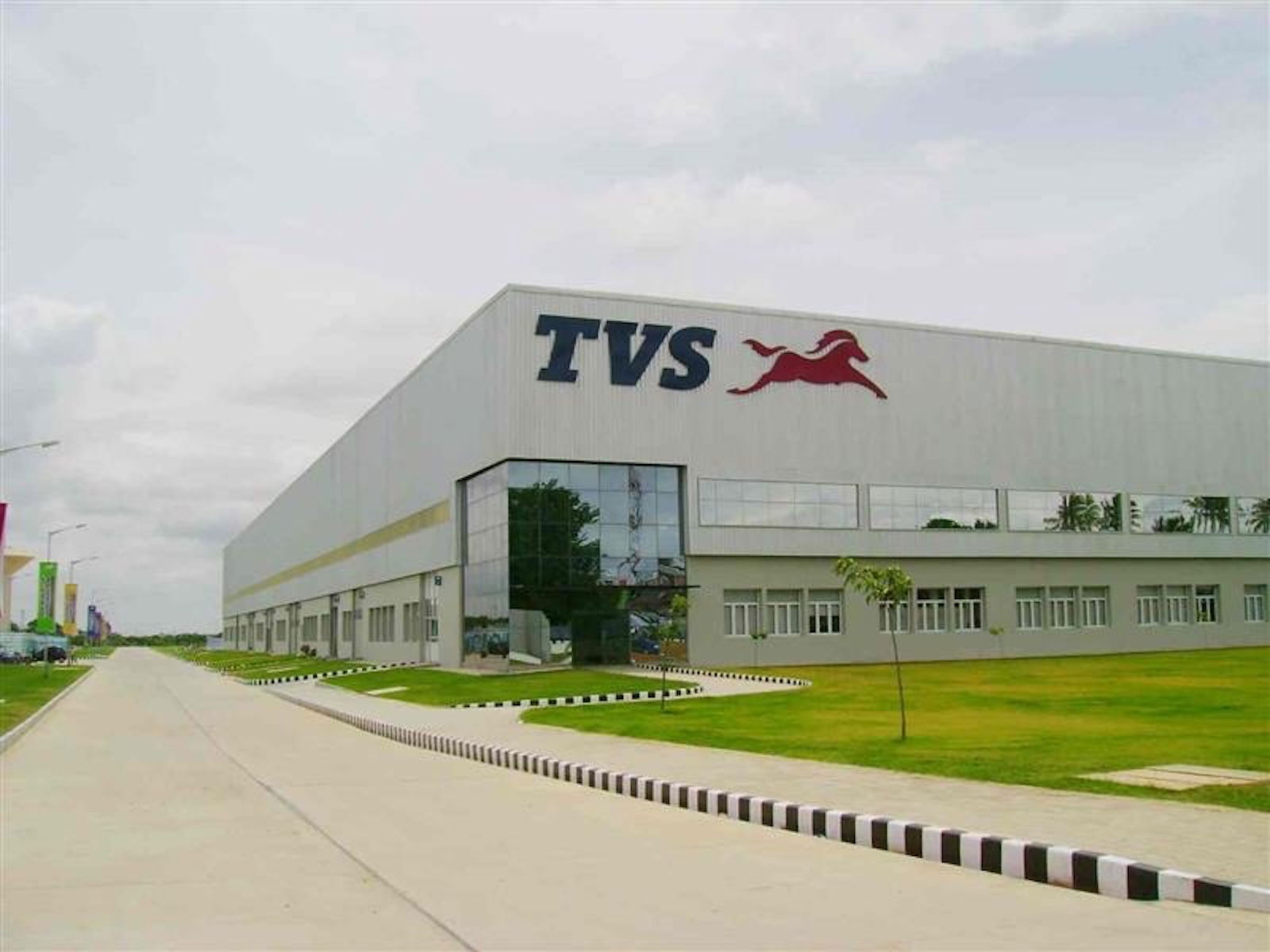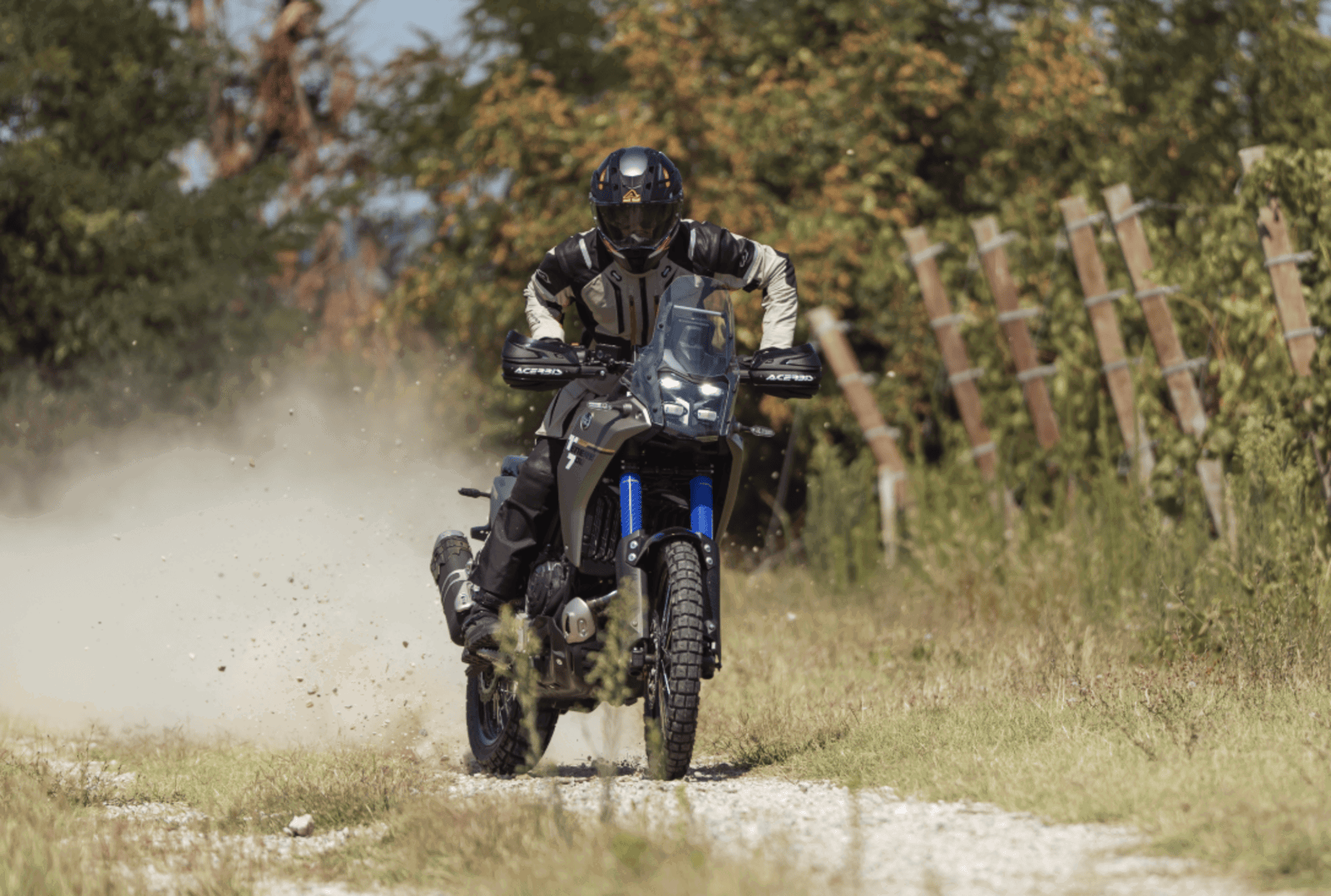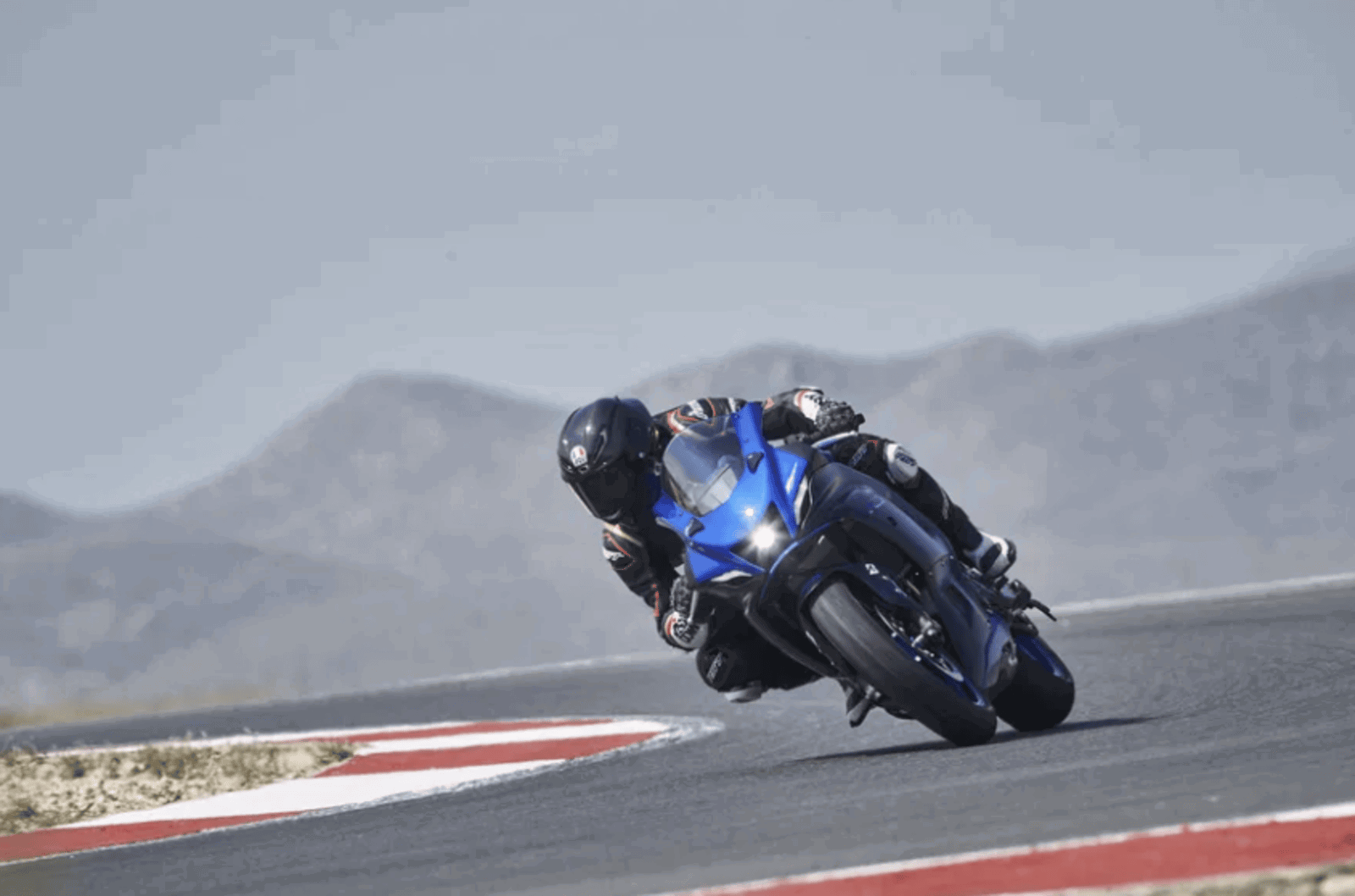Versys 1000: 5 questions to the engineers
We put five questions to the team behind Kawasaki's new all-roads tourer


At the launch of Kawasaki's Versys 1000, I sat down with the bike's engineers to ask them a few questions about its development route; why it's got four cylinders instead of two, the reasons for traction control and the potential options that didn't make it to the bike.
1. Does it need traction control?
When we set about developing the Versys 1000, we decided we need to have a bike that was comfortable, easy to ride and safe. A bike that would get you home when you were tired or on a long journey. We've done this in many ways but the addition of traction control means that when you're riding on an unfamiliar road or when the weather's bad, you can be relaxed with the knowledge that Kawasaki's KTRC system is working on your behalf.
2. Did you consider developing a parallel twin?
We did! The original Versys 650 uses a parallel twin and everyone seems to love that engine and its power delivery, so we did think about developing a 1,000cc twin, however when we thought about what a twin-cylinder engine's best characteristcs were, we realised it was torque and the ability to drive in almost any gear. So we set about tuning the existing 1,043cc four-cylinder engine for more torque, as much as possible! We wanted to get the best characteristic of the twin but also have the smoothness of a four.
3. Why is the Versys 1000 on off-road style tyres, why not just use road rubber?
We want the Versys 1000 to be versatile and also look versatile. We know it's not going to go off-road, but we have no doubt it'll be used on dirty roads and broken roads, so we chose the 17" wheels and Pirelli Scorpion tyres as they offer good grip on the road, but have an all-road look. Of course, you could always put sticky tyres on should you wish!
4. If you're after a decent tank range, why is it 1,043cc, why not 900?
We wanted a 200+ mile range, which you can get by using a larger tank or making the engine more fuel efficient. We chose both of those options, so the Versys 1000 has a 21-litre tank but we also revised the fuelling, altered the map, changed the cam-timing and altered the gear ratios and now we think the bike is 16% more fuel efficient than the Z1000SX. Sure, a lower capacity engine would be even more fuel efficient but it wouldn't deliver the torque of the larger engine. If you're riding carefully, you should see 250-miles from the tank.
5. How come it doesn't have electronically adjustable suspension?
Ah yes, well, we would like to use this as we appreciate this type of bike is going to be used on different roads, with passengers, luggage etc but electronic suspension is expensive, very expensive. We had to keep the price down, but maybe we'll see it on the next version.











